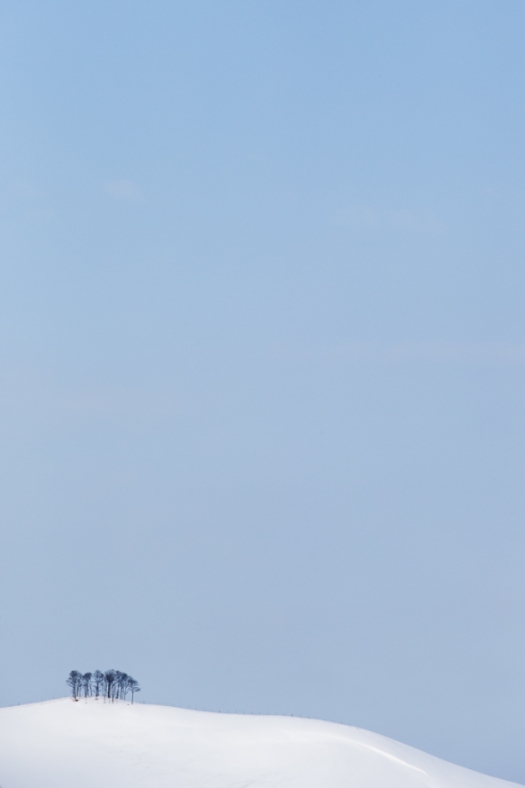*Galloping Gear Acquisition Syndrome
I am generally happy to remain ignorant of the latest bells and whistles that the camera manufacturers have added in order to sell another piece of gear that no-one really needs. However, of late my head has bean turned by lots of new doodads. The latest in this parade of head turners is the updated version of Canon’s 100-400mm lens. I had the original ‘dust pump’ version of this lens which I eventually retired because it never saw much action and following it’s use I ended up spending a while cleaning the sensor on the body that it was used on. Having said that, there was a certain novelty factor to the way that the lens extended to change focal length. For the weight and number of times I used the lens I decided to leave it on my desk at home and make do with my very much lighter 70-200mm lens.
There are times however when the extra reach can allow you to make the photograph that you have in mind. The image above is a case in point. I’d tried with my 70-200, it really wasn’t working, click on the image below to see what I mean. 
While getting closer was certainly an option I had an opportunity to use the new 100-400 lens and made the image below using the same settings as I had with my 70-200mm. 
Immediately noticeable on the LCD screen on the camera was that the image made using the 100-400 was sharper than that made with the 70-200 even though all the camera settings and lens settings were the same. This in inevitably led me to wonder what if I dumped the 70-200 and replaced it with the 100-400 lens. That way I’d have a nice sharp lens capable of the extra reach when I need it. My only concern is the weight – a chunky albs. We’ll see how I get on!












